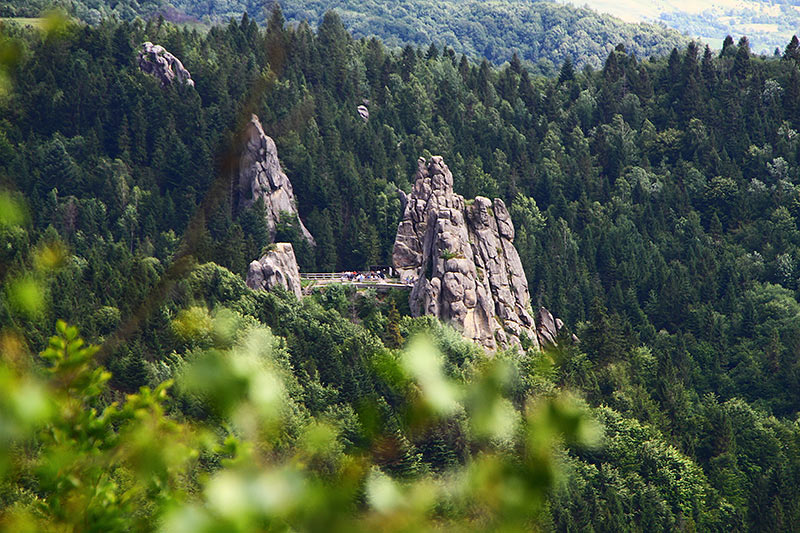
Tustan is not just an ancient defensive fortress carved into the giant cliffs of the Ukrainian Carpathians. It is a place of power, where history meets nature and legends come alive with every crack of the rock. Here, among steep precipices and fairy-tale landscapes, events raged for centuries, shaping the cultural and defensive strength of ancient Rus. Today, Tustan is one of the most fascinating landmarks of the Skole Beskids, a unique archaeological complex and a space that attracts thousands of travellers, researchers and admirers of medieval culture every year.
The cliffs of Tustan are one of the most impressive natural and historical complexes in Ukraine. They rise above the ground as austere stone spires that have served as a natural citadel for centuries. It was on these rocks that, in the 9th–13th centuries, a wooden fortress arose, controlling one of Europe’s main trade routes — the so-called “salt” and “silk” roads that ran across the Carpathians.
Archaeological evidence confirms the existence of a complex defensive system with no direct analogues: multi-level wooden walls, towers, gates and internal structures were fixed into grooves carved into the rock. Taking the natural relief into account, the total height of the structure reached approximately 80–90 metres — the equivalent of a modern five-storey building. This made Tustan an extremely powerful stronghold on the western borders of Kyivan Rus.
A fortress ahead of its time
The construction technology used at Tustan was so advanced that it created a true medieval engineering marvel. The “stone + wood” system made it possible to quickly restore damaged elements, reinforce the defences and add new tiers without harming the base. This uniqueness still attracts the attention of scholars, historians and historical re-enactors today.
- More than 4,000 grooves in the rock have made it possible to recreate an accurate 3D model of the fortifications.
- Tustan is part of the State Historical and Cultural Reserve “Tustan”.
Urych Cliffs. Tustan today: a tourist magnet in the Carpathians

Modern Tustan is not just a scenic spot for viewing dramatic cliffs. It is a fully fledged cultural and tourist complex that combines historical reconstruction, natural beauty and innovative technologies. Every year the site is upgraded with new infrastructure, and most importantly, it expands the opportunities available to visitors. There is a dedicated museum, equipped viewing platforms, well-marked tourist trails and information zones.
The cliffs still retain a palpable sense of antiquity. You can stand between natural stone “gates”, climb wooden stairs to the viewpoints and imagine how the fortress once soared into the sky with its multi-tiered walls. Thanks to 3D reconstructions and multimedia elements, visitors can literally see how medieval Tustan looked, how its defence system worked and what everyday life was like for its inhabitants.
Interactive experiences for visitors
The reserve’s administration is actively implementing modern technologies. Mobile guides, AR visualisations of key objects and information boards with detailed diagrams and historical notes are available throughout the site. All of this helps visitors gain a much deeper understanding of Tustan’s role in the development of trade, defence and cultural connections in the Middle Ages.
- The opportunity to view reconstructions of the fortress in augmented reality.
- Convenient routes of varying difficulty: from gentle walks to more demanding mountain hikes.
The history of Tustan Fortress: a strategic centre of defence and trade
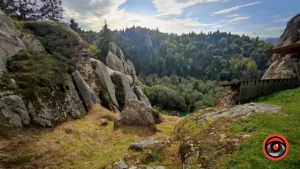
The history of Tustan dates back to the early Middle Ages, when the region became an important part of the Transcarpathian trade routes. The fortress, built on natural rock outcrops, served as a customs post and defensive stronghold, controlling caravans carrying salt, fabrics, goods from the East and items of local craftsmanship. Thanks to its strategic location, Tustan became one of the key strongpoints on the western frontiers of Rus.
Although Tustan Fortress was built entirely of wood, its design was impressively sophisticated from an engineering point of view. Thanks to thousands of grooves cut into the rock, researchers have been able to reconstruct the appearance of the fortification in detail: it had multi-level walls, watchtowers, internal passages, gates and special platforms for sentries and archers. At the height of its power, the complex functioned not only as a defensive site but also as an administrative and economic centre.
The fortress’ role in regional development
Tustan generated a whole supporting infrastructure around itself. Nearby there were settlements of craftsmen, traders and carriers. The strengthening of this route encouraged the emergence of craft centres, cultural exchange and the development of a strong borderland community. Archaeological finds indicate that the fortress actively functioned for more than 300 years — an impressive lifespan for a wooden structure.
- A unique system of grooves has made it possible to create one of the most accurate reconstructions of a wooden fortification in Europe.
- The fortress formed part of a defensive chain that protected Rus from attacks from the west.
Tustan in virtual reconstruction
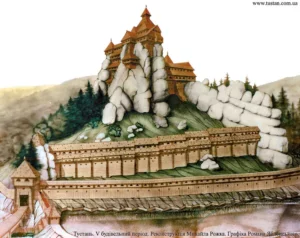
One of the most impressive features of the modern reserve is the large-scale digital reconstruction created on the basis of more than 4,000 architectural grooves preserved in the rock. Thanks to these marks, archaeologists were able to determine the shape, size and position of the wooden structures with centimetre precision. This meticulous work made it possible to recreate the fortress in 3D and show it to visitors in a highly realistic way.
In the reserve’s museum, multimedia installations show what Tustan looked like at different stages of its development: from the first defensive platforms to a multi-level complex with gates, galleries and towers. Using VR headsets, you can “climb” wooden stairs, walk along inner passageways and admire the panorama of the Carpathians through the fortress’ arrow slits.
Reconstruction as a tool for preserving heritage
The 3D model of Tustan is not just an attraction for visitors. It is a key resource for research and educational projects. Scholars study the structure of the fortress, compare it with other European strongholds and reconstruct early medieval building techniques. This helps to deepen our understanding of the role of wooden architecture in Rus and its influence on fortification systems of the time.
- The VR reconstruction is available directly on the territory of the reserve.
- Research on Tustan has become one of the most extensive 3D archaeology projects in Ukraine.
“Tu Stan” Festival: medieval culture, re-enactments and living history
Every year, at the cliffs of Tustan, one of Ukraine’s most popular historical re-enactment festivals — “Tu Stan” — takes place. This large-scale event transforms the reserve into a living medieval fortress, with knightly battles, craft workshops, archery, horse tournaments and theatrical performances. The festival’s atmosphere combines historical authenticity with the energy of modern entertainment, which is why it attracts thousands of guests from all over Ukraine and abroad every year.
The hallmark of the event is its high level of accuracy: costumes, armour, weapons and decorations are made according to historical models. A full medieval camp is set up on the festival grounds, where potters, blacksmiths, weavers and other artisans work, demonstrating ancient techniques and inviting everyone to try their hand at traditional crafts.
Highlights of the festival programme
The “Tu Stan” programme is packed with events that bring medieval culture to life. At its heart are knightly duels and mass battles — re-enactors demonstrate different styles of combat, including group clashes and tactical manoeuvres. In the evening, visitors can enjoy a spectacular laser show, cinematic performances and the famous “night assault on the fortress”, one of the most anticipated parts of the festival.
- Re-enactment fights in various categories: sword and shield, halberds and mass battles.
- Workshops for children and adults — pottery, archery and medieval dancing.
Tustan for children and families: a living history lesson in the Carpathians

Tustan and the “Tu Stan” festival are an ideal destination for a family holiday in the Ukrainian Carpathians. Here, children do not just listen to dry facts from a textbook — they literally feel history on their skin: they see real rock fortresses, watch medieval battles and touch reconstructed weapons and armour. This type of trip turns learning about the past into an engaging adventure, where knowledge is anchored through emotions, impressions and personal experience.
The festival’s organisers pay special attention to young visitors. A separate area is created within the reserve with a children’s fortress, interactive games and theatrical performances. Kids can try themselves as young warriors, gatherers, craftsmen or travellers. As a result, Tustan becomes not just “another excursion” but a child’s first meaningful encounter with the cultural heritage of Ukraine.
How to make a trip to Tustan exciting and useful for a child
For a trip to Tustan Fortress to stay with your child for a long time, it is worth preparing a simple “storyline” for the journey. Tell them you are heading to a real medieval stronghold where guards, merchants and wanderers once lived. Let children ask their own questions and encourage them to find the answers on site — in the museum, by the cliffs, during performances or at workshops.
It is also helpful to involve children in simple “research tasks”: counting how many levels the rock massif has, finding symbols on the information boards, or remembering new historical terms. After visiting Tustan, you can draw the fortress together or invent a short story about the adventures you have seen — this helps to reinforce both knowledge and emotions.
- Explain to children that Tustan is not a “fairy-tale castle” but a real fortress that once defended these lands.
- Encourage them to ask questions and look for answers in the exhibits and on the information stands.
How to get to Tustan: routes, tips and useful information for travellers
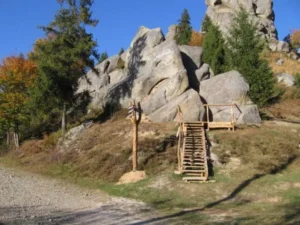
Tustan is located near the village of Urych, in the Skole District of the Lviv Region, within the territory of the National Nature Park “Skole Beskids”. It is one of the most accessible tourist destinations in the Carpathian region: you can easily get here both by car and by public transport. Even during peak season, the roads remain convenient and the routes well signposted.
From Lviv, a good-quality road leads to Tustan via Stryi or via Skole. For those travelling without a car, there are regular bus services and local trains. From the nearest stops, you can walk or use local transfers. The reserve’s grounds are well equipped: there are ticket offices, shelters from the rain, parking areas, sanitary facilities and information points with route maps.
The most convenient ways to get there
Despite its popularity among tourists, the journey to Tustan does not require any special physical preparation. The main thing is to choose the best transport option depending on the season and your own preferences. Below are the most common ways to reach the site:
- By car: the Lviv H-13 highway allows you to reach Urych in about 1.5 hours. The key landmark is the turn-off to the village of Dubyna near Skole.
- By bus: routes Lviv–Urych or Lviv–Skhidnytsia stop near the turn-off to Urych; from there it is about a 30-minute walk.
- By train: local trains Lviv–Mukachevo or Lviv–Truskavets stop in Skole; from there you can take a minibus to Urych.
Tips for a comfortable trip
To make your visit to Tustan not only enjoyable but also as informative as possible, it is worth taking care of a few simple things: plan your route in advance, wear comfortable clothing and allow some extra time for walks around the cliffs. It is also a good idea to visit the local museum first to gain a deeper context before heading up to the viewing platforms.
- Do not forget comfortable footwear — part of the trail goes over rocky slopes.
- In summer, it is best to set off in the morning to avoid the hottest hours.
Interesting facts about Tustan: unique features of a historic landmark
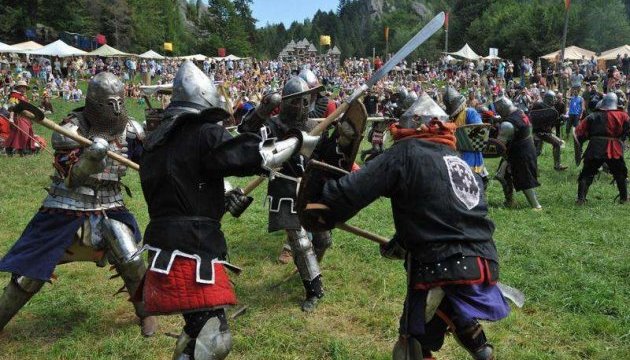
Tustan is a place where every centimetre of rock holds a fragment of history. Centuries of the past intertwine here with the natural beauty and cultural heritage of the Carpathians. Many facts about the fortress remain little known, yet it is precisely these details that reveal the scale and uniqueness of this archaeological complex. Below are some of the features that make Tustan stand out among other heritage sites in Ukraine.
The most fascinating historical and archaeological facts
Over many years of research, scholars have accumulated a huge amount of data that helps to understand just how extraordinary this fortress, built on a natural rocky massif, really was. Long-term excavations and analysis of the grooves in the rock have made it possible to reconstruct the structure with a level of accuracy rarely achieved in the study of medieval monuments.
- Location within a national park: Tustan is part of the National Nature Park “Skole Beskids”, one of the largest natural areas in the Lviv Region.
- Cinematic location: in 1970, the film “Zakhar Berkut” was shot on the reserve’s territory, making the cliffs famous long before the tourist boom.
- World-class wooden fortress: Tustan is considered the largest wooden fortification in the Carpathian region and is well known in the European archaeological community.
- Defensive centre of the region: for centuries, the fortress controlled one of the key trade routes linking Rus with Europe.
Why Tustan captivates modern travellers
Even though the wooden walls have not survived, the emotional impact of this place is no less powerful than it must have been in medieval times. Tourists come here not only for the history: they are drawn by the breathtaking views, atmospheric events, mountain tranquillity and the chance to immerse themselves in the world of the past without excessive commercialisation.
- The fortress has no real counterparts — it is truly unique in its category.
- Some of the best panoramic views of the Skole Beskids open up from the reserve’s territory.


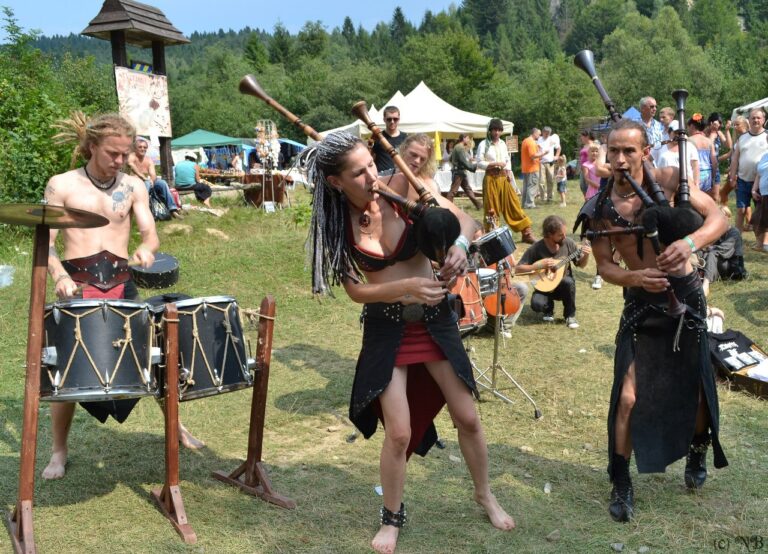
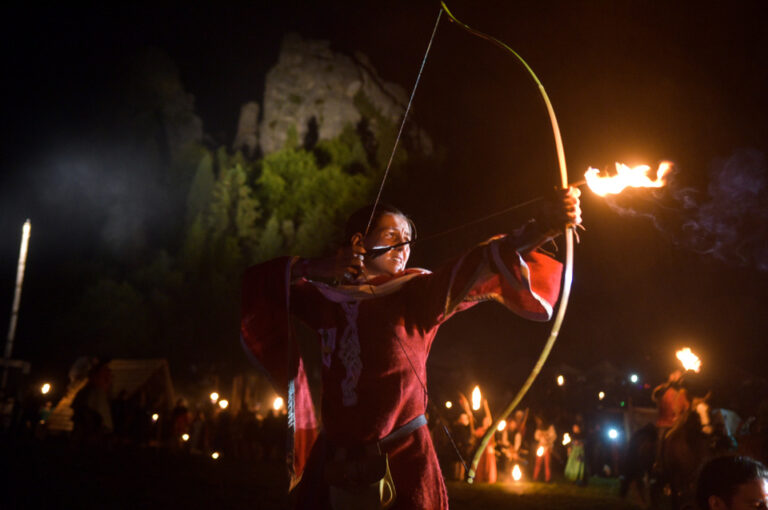
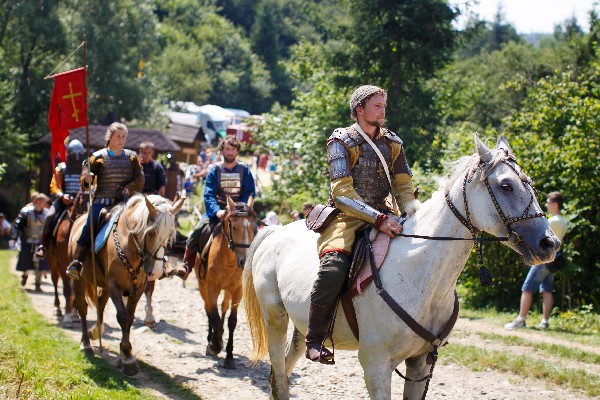

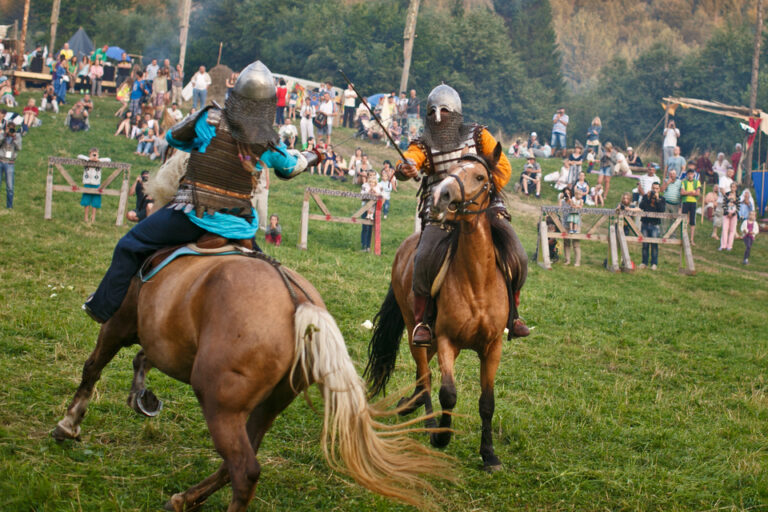
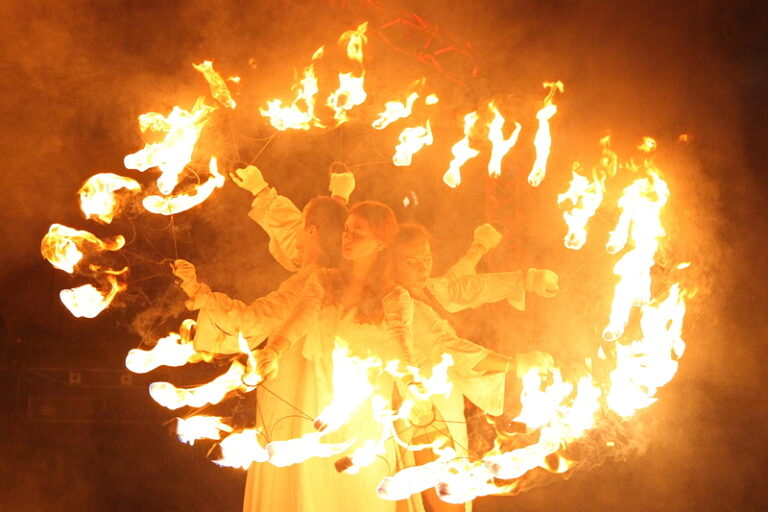
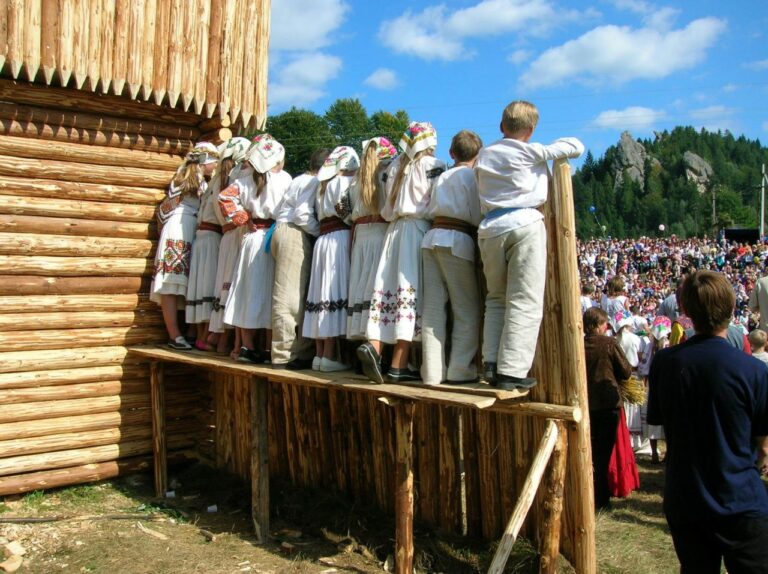
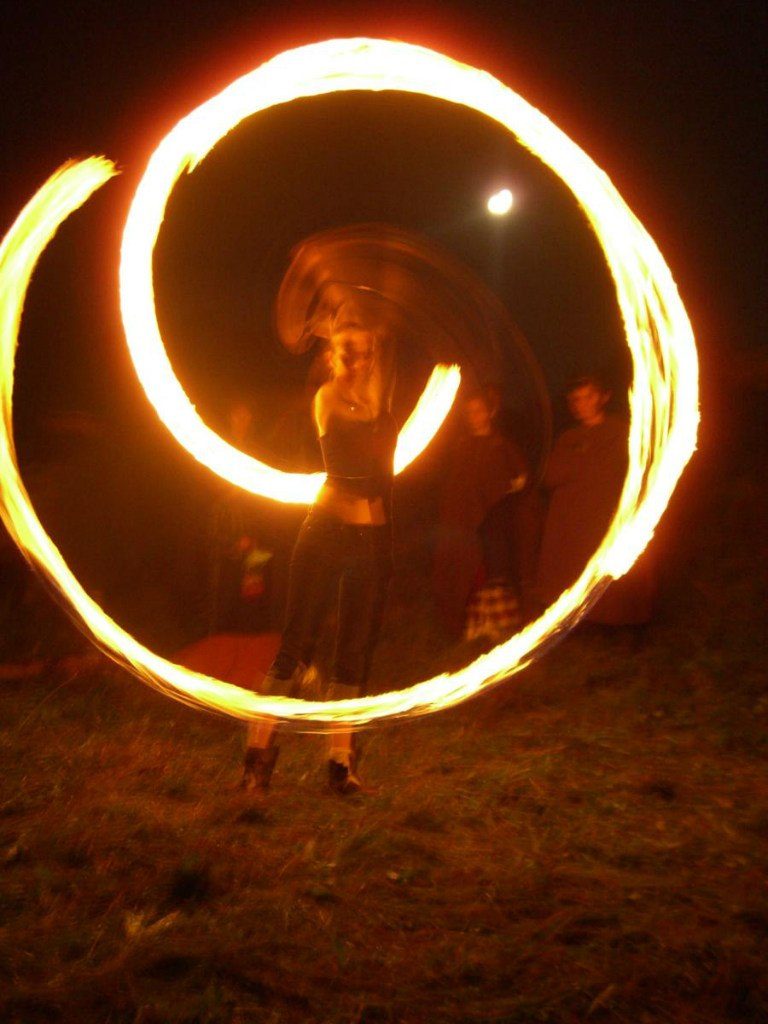
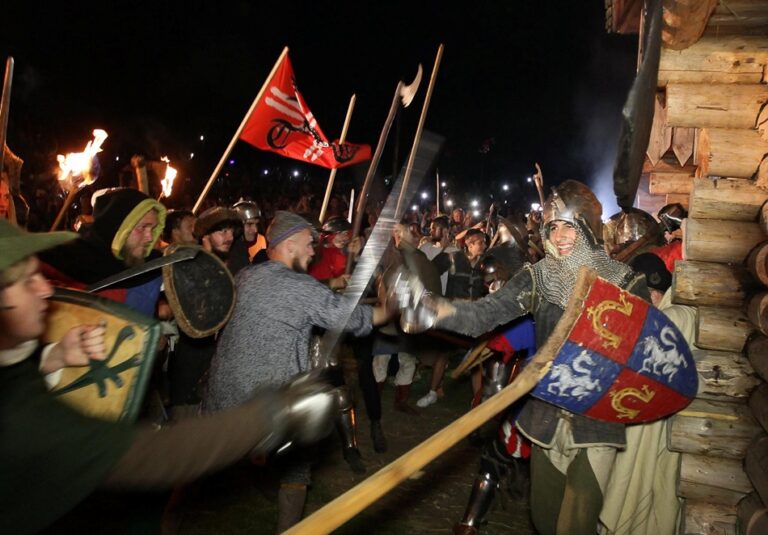


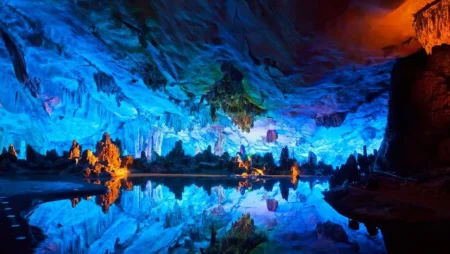


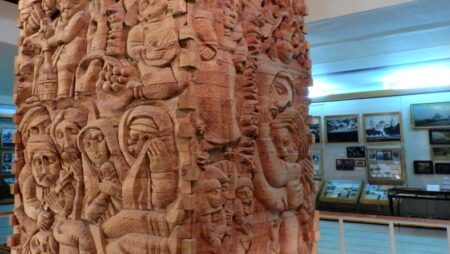




No Comment
You can post first response comment.